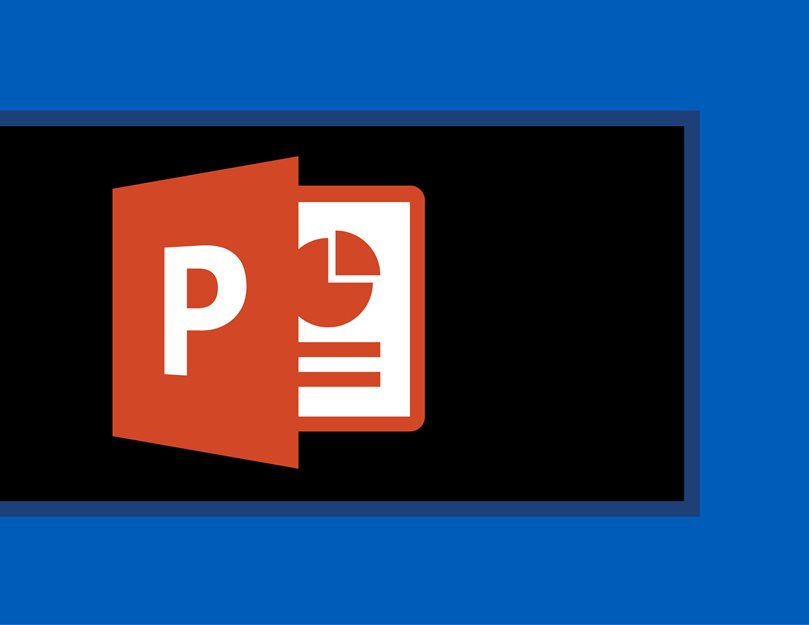
Safely Occupying Indoor Environments During COVID-19
In much of the world, the spread of the COVID-19 virus became alarming in early 2020. Concerns about the virus’ spread manifested themselves in a global shift to remote work and physical distancing, in hopes that these measures would slow the spread of the virus. In industries and organizations where remote work was possible, many employers encouraged or mandated work-from-home arrangements. In other industries or organizations where remote work was not possible (e.g., shipping and receiving), employers offered flexible hours and voluntary time off to healthy employees, and paid time off for ill employees. These virus-mitigation measures seemed to be effective at slowing the spread, since case counts and hospitalizations dropped following their implementation.
Concerns about returning to office environments have led a variety of government agencies and research bodies to develop recommendations and guidelines for safely occupying shared spaces during a pandemic. This report synthesizes the recommendations and guidelines in a brief, easy-to-use format to help building owners, facility managers, tenants, and occupants readily identify which actions to take to safely occupy environments.
This report also seeks to document positive aspects of the recent experience with remote work. Research indicates that some people created new, more flexible schedules over the quarantine that had positive impacts on their professional lives. This document aims to support building owners, operators, and facility managers as they strive to provide a safe indoor environment both during and following the COVID-19 pandemic.
RT-397 found that the following best practices contributed to reoccupying buildings safely during a pandemic (SP-397, p. 2):
- Install MERV-13 filters. – MERV 13 filters support removal of 95% of all airborne particles in a commercial building (CDC, ASHRAE, EPA).
- Install HEPA air cleaners. – High-quality air filtration eliminates 99.7% of airborne particulate matter in commercial buildings (CDC, EPA, ASHRAE).
- Ventilate ahead of reoccupancy. – Air out the building by running the HVAC system at maximum power for at least one to two hours to enhance filtration and ventilation of air within the building (CDC, USGBC).
- Increase the intake of outdoor air into the building. – Open or otherwise utilize operable windows and ceiling fans to increase the flow of outdoor air into the building. Increase outdoor intake by the ventilation system (CDC).
- Maintain consistent ventilation within closed areas. – Enhance the movement of air introduced from outdoors. Continuously run exhaust fans (CDC, EPA).
- Install portable air purifiers. – Apply portable air cleaners and purifiers. Minimize airborne contaminants, especially in closed areas such as elevators (CDC, EPA, ASHRAE).
- Use cleaning products that contain disinfectants on the EPA’s List N. – Listed active ingredients include hydrogen peroxide, citric acid, L-lactic acid, peroxyacetic acid, sodium bisulfate, ethanol, and isopropanol (and also called isopropyl alcohol) (USGBC, EPA, CDC).
- Provide personal protective equipment at building entrances. – Proper use and disposal of PPE will support minimizing the spread. Wearing an N95 filtering facepiece respirators, surgical mask, or any tight face mask is a significant approach that can prevent airborne transmission by more than 90% (CDC, OSHA, NIOSH).
- Install motion sensors to minimize the need to touch surfaces. – Incorporate non-contact or touchless controls for light, doors, water faucets, and other commonly used objects to minimize frequent touching (CDC, EPA).
- Install non-contact temperature assessment devices at building entrances. – Enhance virus control and prevention by monitoring the temperature of every individual who enters the building (FDA).
RT-397 found that the following best practices are currently being deployed during the ongoing pandemic (presentation to Fall 2021 Board of Advisors Meeting, slide 18):
- Enhanced filtration is widely deployed.
- As vaccination rates increase, some of the outdoor air recommendations seem to be less prevalent in practice.
- Cleaning with disinfectants is widely deployed.
- Temperature checkpoints seem to be less and less common.


